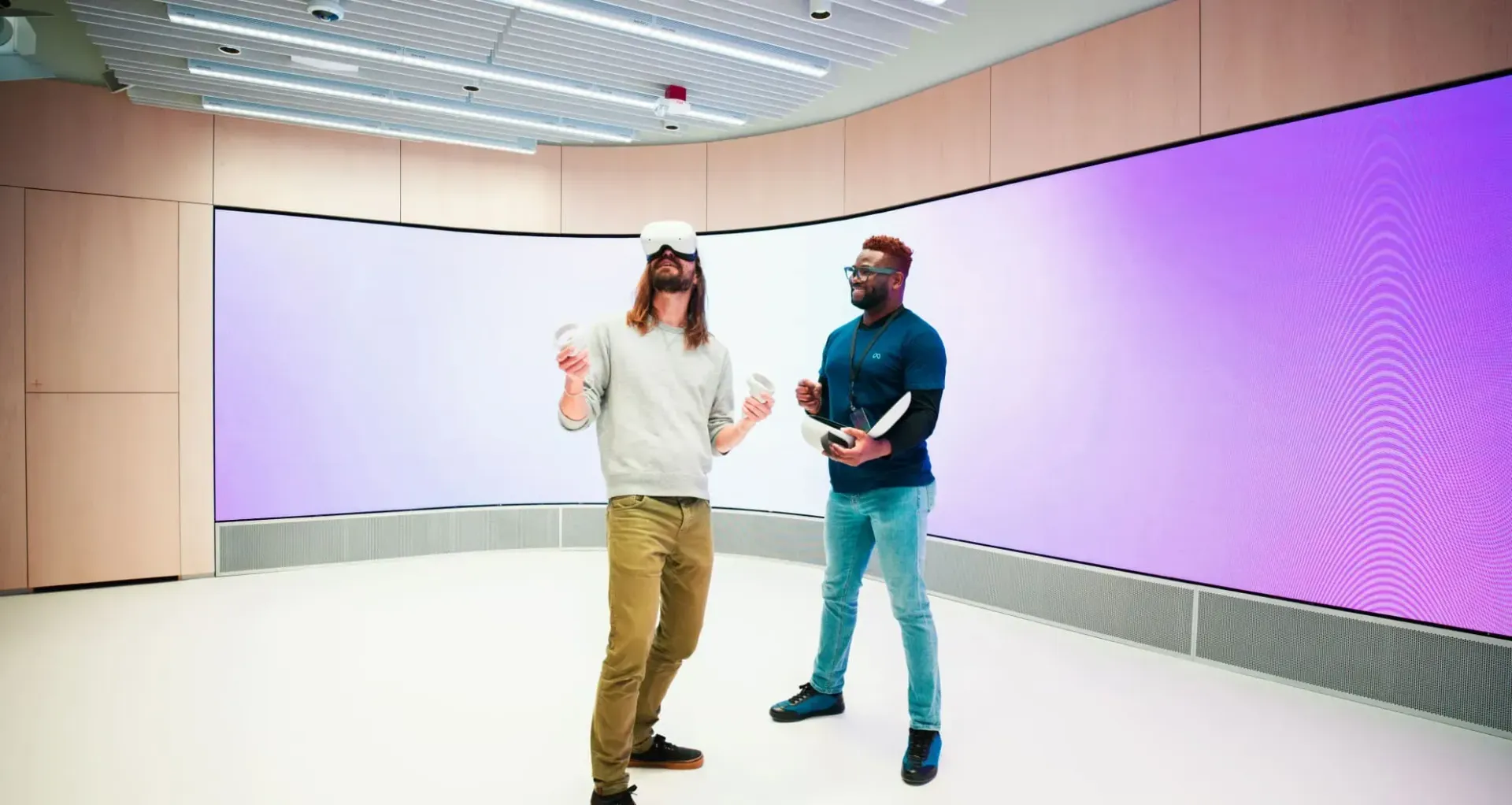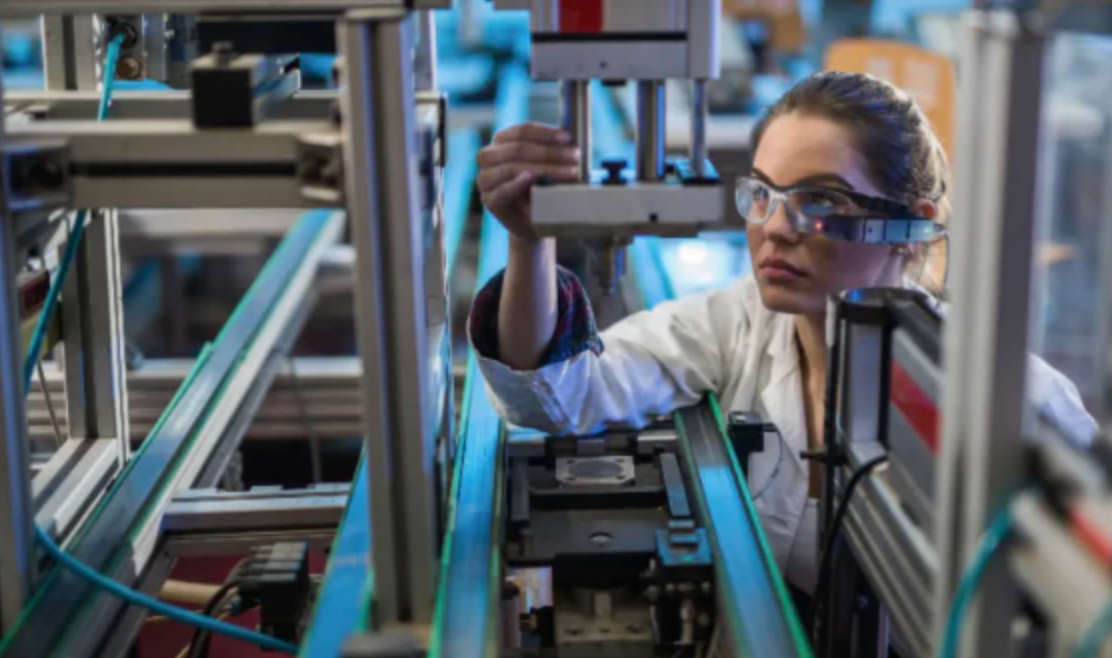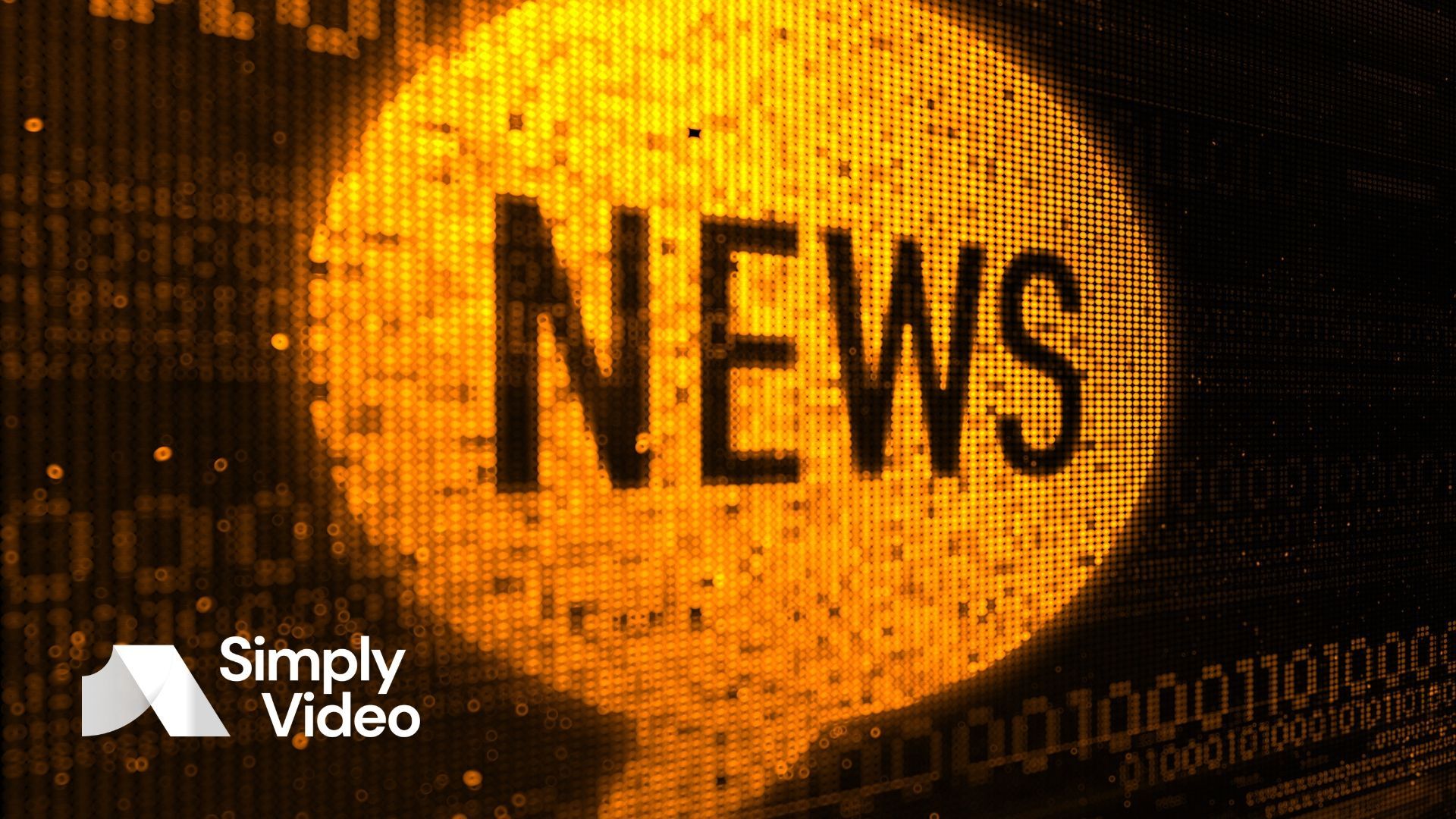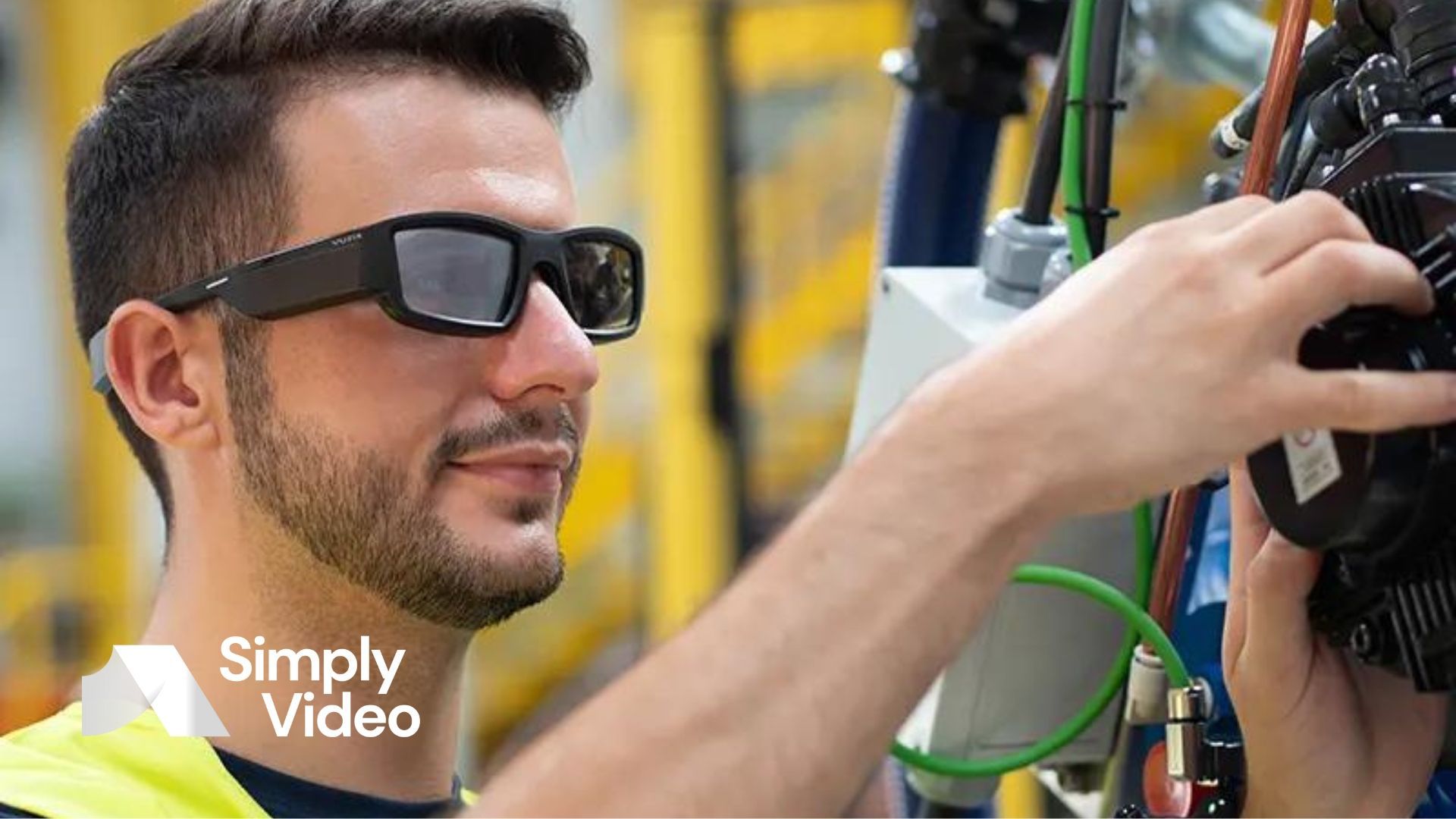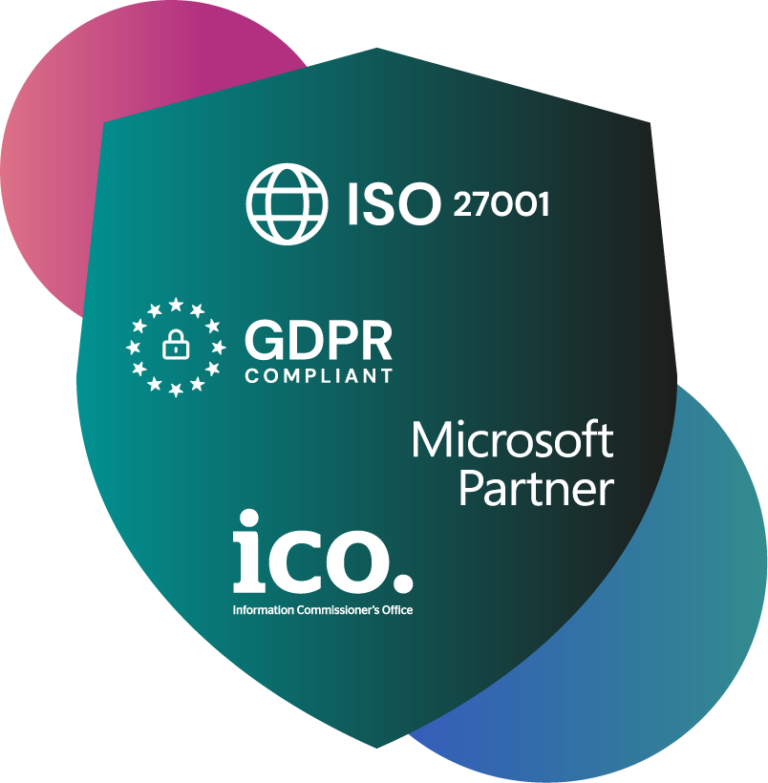The state of remote work in 2023
Remote work became the new normal in 2020. But has it altered work patterns indefinitely? Join us as we examine the state of remote work 3 years on.

When the COVID-19 pandemic put the brakes on all of our lives, many businesses were forced to empty their offices and tell their employees to work from home. At least, that was the reality for large portions of the workforce, as well as schools.
Initially, this felt like crisis management – a workable model, but a temporary one. And many workers relished the fruits of this apparently transitory period. An extra hour in bed? "Yes please", cried thousands upon thousands of exhausted office workers.
Those superficial benefits were quickly buttressed by new studies. The office culture that had been cultivated for decades prior, they suggested, only served to stifle people's productivity.
People were claiming they felt happier working from home and were more productive. Businesses closed offices and cut overheads – and everything got a bit of a shakedown.
Of course for many industries, such as hospitality, service resumed as normal – not to mention the frontline workers whose work continued uninterrupted. But there are many who are yet to be called back to work.
The general consensus appears to be that remote (and hybrid) work is now an embedded part of modern work culture, especially within the knowledge-based economy. This is especially true for millennials, who differ from previous generations in their attitude to work.
Unlike previous generations, millennials wish to work remotely and maintain a healthier work/life balance. Managers, as you might expect, have acquiesced. After all, millennials make up a huge portion of the workforce – and their influence is only growing as boomers retire.
So how are businesses adapting to these changes in remote and hybrid work and what does remote work look like in 2023?
Remote and hybrid work patterns are changing the face of work but present new challenges
In 2021, studies showed that remote workers were claiming they were less distracted and more productive at home. But a study conducted at the end of 2022 painted a different picture.
Microsoft surveyed 20,000 employees across 11 countries to better understand the feelings of remote workers and the shifting workplace dynamics under these conditions.
Interestingly, they found that while 87% of workers believed they were more productive when working from home, business leaders had raised eyebrows about the truth of these claims.
Eighty-five percent of employers said that they were less confident that their employees were as productive as they claimed, leading to cases of "productivity paranoia" amongst staff.
In an interview with the BBC, Microsoft's CEO Satya Nadella stated:
"We have to get past what we describe as 'productivity paranoia', because all of the data we have […] shows that 80%-plus of the individual people feel they're very productive – except their management thinks that they're not productive. That means there is a real disconnect in terms of the expectations and what they feel."
The catch, of course, is that when employees don't feel trusted or valued, workplace morale is affected, retention becomes harder and productivity ultimately takes the hit.
For many businesses, the solution has been to adopt a hybrid work policy. Okta's
Hybrid Work Report 2023 found that 36% of businesses surveyed allowed employees to work remotely for up to three days a week.
Hybrid work builds upon the lessons learned from the remote work "experiment" but looks to re-establish and reimagine the office in light of these changes. Offices, the thinking goes, are still important spaces that facilitate healthy professional and personal relationships. In turn, this can help build trust and alignment across the business.
The challenge for businesses is accommodating the divergence of employee needs and fostering collaboration between stay-at-home, hybrid and office workers.
Collaboration is essential to our hybrid future
In Okta's report on hybrid work, one theme stands out – collaboration.
The report identifies investment in videoconferencing technology as a primary goal for managing modern workplace distribution. The reason, in its words, is "to provide full support for every employee" and to "provide an equitable experience wherever your employees are working".
But with hybrid and remote work disconnecting staff, collaboration can be thwarted by clunky and basic video conferencing software. That's why SimplyVideo aims above and beyond – and puts collaboration front and centre.
SimplyVideo puts collaboration first
With SimplyVideo's feature-rich design, collaboration is easy, intuitive and innovative. It helps you move away from "productivity paranoia" and empower your team to make productive decisions. It allows them to share knowledge and expertise, wherever they are.
As businesses begin restructuring and rejigging to meet the new landscape, SimplyVideo offers a quick and simple setup for easy integration into your existing workflow. You shouldn't, after all, leave anyone out of the loop just because they choose to work from home.
SimplyVideo unlocks the future of remote collaboration with XR
Re-imagining the remote and hybrid workplace is about introducing technology that interfaces between office staff and remote workers and allows them access to the same resources.
One such technology is extended reality (XR) – a broad church of devices that includes augmented reality (AR) and virtual reality (VR) wearables.
And SimplyVideo is built, from the ground up, to support XR.
With XR wearables and SimplyVideo, you can maximise your digital workflows between staff with features like 3D annotation, asset visualisation and screen sharing.
Meanwhile, our Chat 4.0 feature offers innovative features that help with alignment between employees in large projects and boosts social interactions.
In some ways, Chat 4.0 will be familiar to anyone who uses social media. Comments can be reacted to, for instance, and members can be tagged.
Where it differs, however, is in its integration with XR wearables. Users can send videos and images straight to the chat where others can annotate. Once a chat is finished, it is immediately saved and can be accessed for audits at any time and anywhere.
And we really do mean anywhere. Even if your staff want a working holiday in a far-flung Scottish Isle, with SimplyVideo's low-bandwidth capabilities, they're always connected.
Learn more about SimplyVideo's features, benefits and integrations. Or
sign up for a free trial and discover its
remote collaboration capabilities for yourself.
